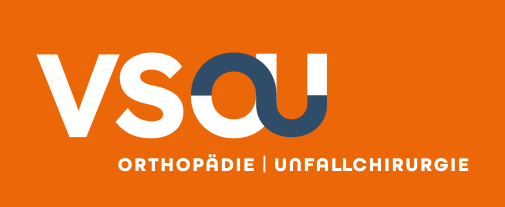Ihre Suche ergab 1 Treffer
Die Therapie distaler Radiusfrakturen beim älteren Menschen
Zusammenfassung: Obwohl distale Radiusfrakturen zu den häufigsten Frakturen im höheren Lebensalter zählen, werden die verfügbaren Therapieoptionen kontrovers diskutiert. Während junge Patienten von einer anatomischen Ausheilung profitieren, scheint bei älteren Patienten keine Korrelation zwischen radiologischem und funktionellem Ergebnis zu bestehen. Weder konservative Behandlung, noch Osteosynthesen mit Kirschner-Drähten erlauben eine frühzeitige Mobilisierung. In den letzten Jahrzehnten hat sich ein Trend zum offen operativen Vorgehen abgezeichnet und insbesondere die palmare winkelstabile Plattenosteosynthese hat einen hohen Stellenwert erlangt. Diese vergleichsweise komplikationsarme Therapie erlaubt eine gute Reposition mit stabiler Retention und ermöglicht so eine frühfunktionelle Behandlung. Die Herausforderung in der Therapie des älteren Menschen besteht in einer sorgfältigen und an die individuellen Bedürfnisse abgestimmten Gestaltung des Behandlungskonzepts.
Summary: Although distal radius fractures are among the most common fractures in the elderly, the available treatment options are controversial. While young patients benefit from an anatomical reconstruction, in elderly patients no correlation between radiological and functional outcome seems to exist. Neither conservative treatment, nor fixation with Kirschner wires allow an early mobilization protocol. In recent decades, a trend towards open surgical procedures is observed and particulary the volar locking plate has gained high popularity. This therapeutic option allows a good reduction and stable retention with a low complication rate and allows early functional treatment. A challenge in thetreatment of elderly patients is the careful and coordinatedchoice of treatment options adapted to the individualpatients needs.
